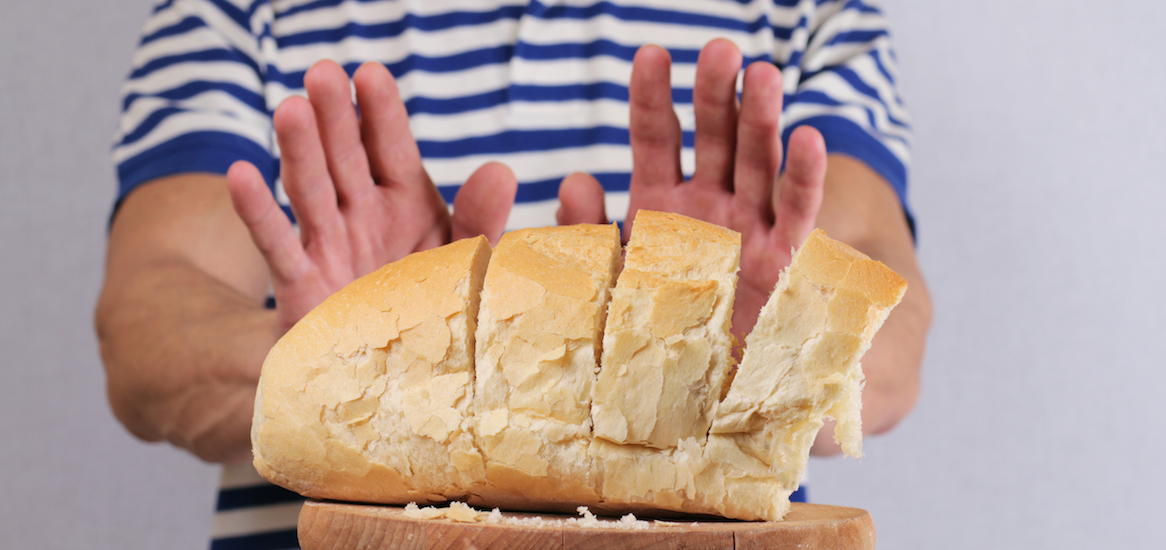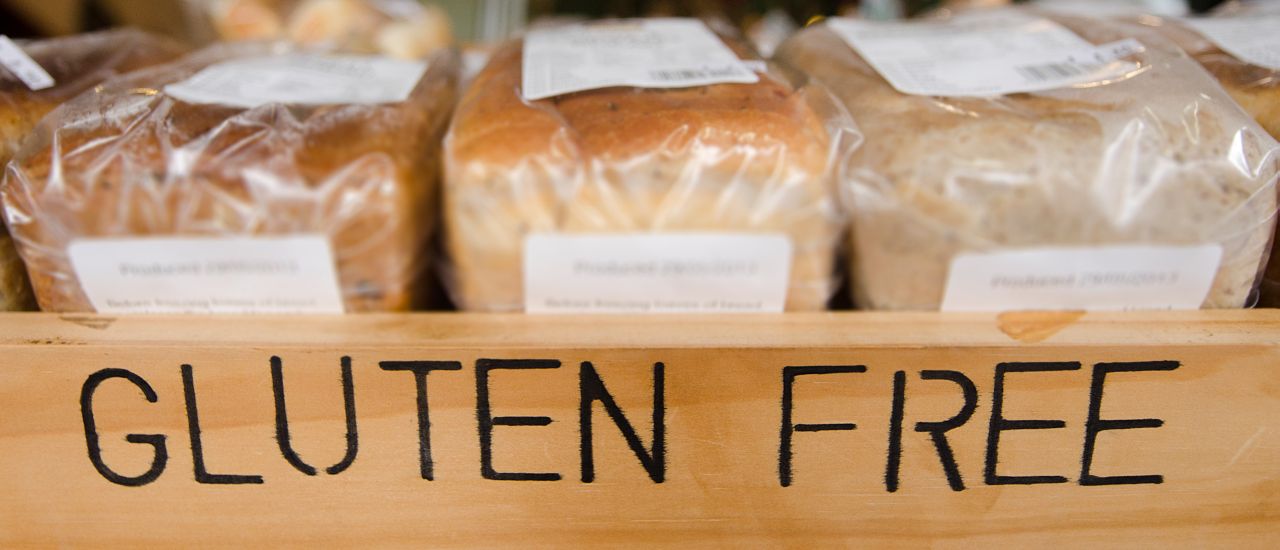Giving up gluten appears to be quite a trend, and those swearing by it, can be somewhat evangelical in their approach. Before you simply run after the trend, let’s take a step back, and first look at the facts. Who really does need to give up gluten altogether?
What is gluten?
Gluten is a group of proteins found in wheat, rye and barley. It plays a key role in baking, allowing bread-dough to rise when yeast is added, and giving confectionary its lightness.
Where is it found?
Gluten is found in any product that contains wheat and similar cereals, but it can also be a hidden component in bottled salad dressings, medications, vitamins, some soy sauces, and lip balms. Always read labels for the list of ingredients.
Who is affected?
Three types of people may not be able to eat products containing gluten: people with gluten sensitivity or intolerance, people with Coeliac disease, and people with a wheat allergy
- Gluten sensitivity sufferers can experience diarrhoea, nausea or become bloated when they eat gluten, but do not show any intestinal damage. This condition is still being studied.
- For Coeliac disease, when gluten is eaten, the body triggers an attack on the intestines, making it more difficult for nutrients to be absorbed as damage occurs over time. Coeliac disease is an auto-immune disorder where even tiny amounts of gluten trigger an attack on the lining of the bowel. So, it’s important that people with this condition avoid any exposure to gluten?
- People with an allergy to wheat may not have a specific allergy to gluten, but may choose to avoid it in case of cross-contamination.
Symptoms of Coeliac disease
Eating foods containing gluten can trigger a range of symptoms, such as:
- bloating and flatulence (passing wind)
- diarrhoea – which may be particularly unpleasant smelling
- abdominal pain
- weight loss
- feeling tired all the time – as a result of malnutrition
- children not growing at the expected rate
Don’t just stop eating wheat
If you are experiencing chronic bloating, diarrhoea or nausea, visit your gastroenterologist. Simply giving up something in your diet, may mask a more serious underlying condition.
If your doctor verifies a diagnosis, then a diet high in fresh fruit, vegetables, fish, low-fat dairy, lean meats, legumes, nuts and seeds is a safe bet, and is not difficult nor expensive to follow.
Watch out for these
Friends and family can sometimes lack understanding that people with Coeliac disease must avoid gluten all the time and altogether – print out some current medical information to help them understand the condition.
Also, don’t imagine that a gluten-free diet is the magic key to losing weight: for many it can have the opposite effect as they substitute alternative baked goods/flours, and too much of these foods can lead to weight gain.
If you have any other gut-related symptoms, and you want a bit more advice, why not talk to one of our doctors? Just sign-up, and they can call you back within the hour – day or night!
(Joanne Hart for HelloDoctor.com)
Sources:
http://www.nhs.uk/conditions/coeliac-disease/Pages/Introduction.aspx
http://www.webmd.com/diet/healthy-kitchen-11/truth-about-gluten



